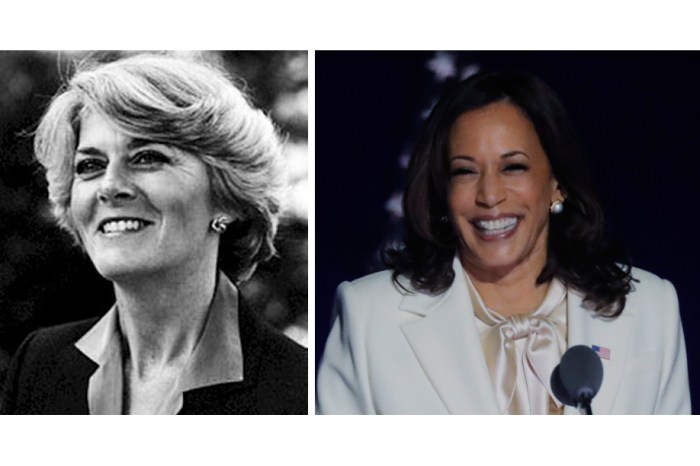
Someone suffers a personal tragedy in New York City every day. Only sometimes does that tragedy become the city’s.
That happened on Ninth Street in Park Slope after the driver of a Volvo S60 sedan went through a red light on Monday afternoon, crashing into two mothers and two children. The car didn’t stop. The children, ages 1 and 4, were pronounced dead at Brooklyn Methodist Hospital. The mothers survived.
Such tragedies reverberate for various reasons. There were the pictures: the mangled baby stroller and the smiling family photos.
There were the ages of the dead children, which have launched sorrow and action before — it was the death of a 9-year-old in 2014 that led to Mayor Bill de Blasio’s “Vision Zero,” a policy that aims to eliminate city traffic deaths.
There were the laments on Tuesday from the Broadway firmament because the Volvo had slammed into one of their own: one of the mothers was Ruth Ann Blumenstein, known by her stage name, Ruthie Ann Miles, who won a Tony in 2015 for her role in a revival of “The King and I.”
And perhaps most of all there was the location, a neighborhood often lampooned for its parenting style. De Blasio himself, who lived blocks from the crash site before moving into Gracie Mansion, said Monday he remembered crossing the street many times with his own son and daughter. The intersection is also a block from the Prospect Park YMCA where de Blasio still works out. Sure enough he was there early Tuesday morning in a gray hoodie and exercise clothes. And about 100 parents and street-safety advocates were there to meet him, aiming to make sure this tragedy didn’t recede into the distance.
De Blasio spent time with the crowd in lieu of his excercise bike, listening, embracing a mother whose child had died years before in traffic, talking to one of the rally organizers, Doug Gordon.
“I felt a lot of sincerity from him,” Gordon, 43, said later. “No question he believes in the urgency of this issue in his heart as a dad, as a New Yorker.” Gordon found that “encouraging.”
Gordon is a Park Slope resident and TV producer by day, but he has an alter-ego as a safe-street advocate in real life and on Twitter. After the crash on Monday, he posted the Facebook event that brought dozens to meet the mayor at the gym. He and others at the rally told the mayor about the need for street improvements around the city, and around this intersection, where a pedestrian was killed in 2016.
The advocates are asking for dramatic changes to the streets that might prevent some of these tragedies. They include protected bike lanes, which can slow traffic and shield bikers, and pedestrian islands to provide a place for walkers to wait when crossing wide streets. These features are already part of the streetscape in some neighborhoods because of “Vision Zero,” with particular success in former death traps like Queens Boulevard. Last year, after improvements, de Blasio announced that street hadn’t seen a pedestrian fatality since 2014.
Overall, there has been a 45 percent drop in pedestrian fatalities in NYC since 2013. But the number of fatalities was still 101 last year, about two pedestrian deaths in the street every week.
De Blasio didn’t commit to specific changes in his conversation with Gordon, though the Department of Transportation has promised to consider a protected bike lane on Ninth Street and other street redesigns. De Blasio talked with Gordon about his ongoing efforts, including police enforcement.
Enforcement may become a larger part of the conversation, as the offending driver’s car reportedly has logged previous infractions. Brad Lander, who represents the district in the City Council, said on Twitter that the driver’s license has been suspended. Early reports indicated that she told police she had a medical condition affecting her driving. The woman has not been charged with a crime.
To Gordon, enforcement is a small piece of the puzzle to combat traffic deaths but not as important as defensive street changes. He noted that he wouldn’t simply want police to investigate his child’s death: “I want my child not to be killed.”

















